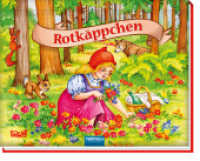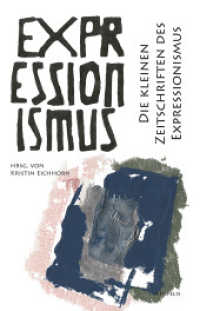Full Description
Actinomycetes are a group of Gram-positive bacteria of which many representatives are prominent for being prolific producers of bioactive natural products including antibiotics, fungicides, antitumor agents, or immunosuppressants. SARP transcriptional regulators are widely distributed among actinomycetes, especially in streptomycetes and are known to activate antibiotic biosynthesis. The set of genes responsible for the production of natural products, including pathway specific transcriptional regulators such as SARPs, are typically located in contiguous regions of the genome known as "biosynthetic gene clusters" (BGCs). In this book, Oona Rössler reports on the activation of antibiotic BGCs in selected actinomycetes strains upon heterologous expression of the SARP-type regulator PapR2 from Streptomyces pristinaespiralis. Applying a bioinformatic screening for the abundance of SARP genes and SARP consensus sequences as part of BGCs, the author has selected actinomycetes candidate strains from the DSMZ strain collection for heterologous SARP expression. It is shown that overexpression of papR2 increased the production of predominantly unknown antimicrobial compounds in more than half of the selected actinomycetes strains, as observed by bioassays against different microbial test strains including bacteria and fungi.
Contents
Introduction.- Material and Methods.- Results.- Discussion.- References.- Acknowledgments.





![ジャイアンツ小笠原道大カレンダー 〈2010〉 [カレンダー]](../images/goods/../parts/goods-list/no-phooto.jpg)


